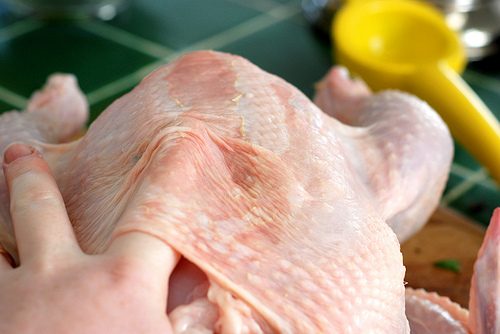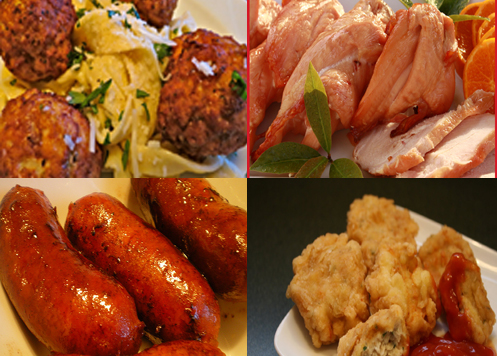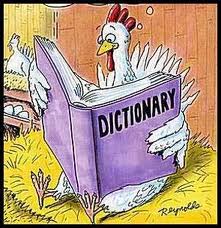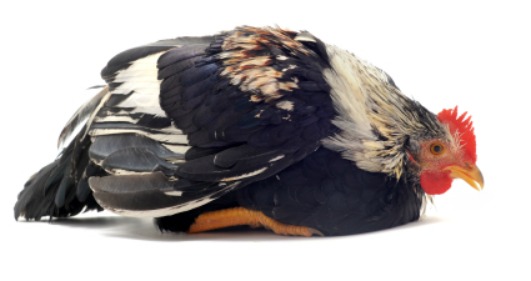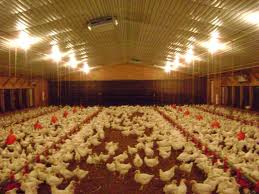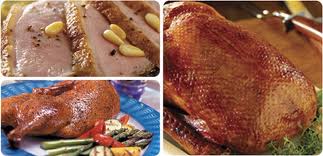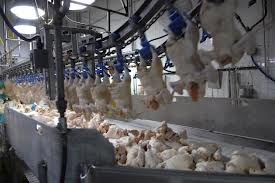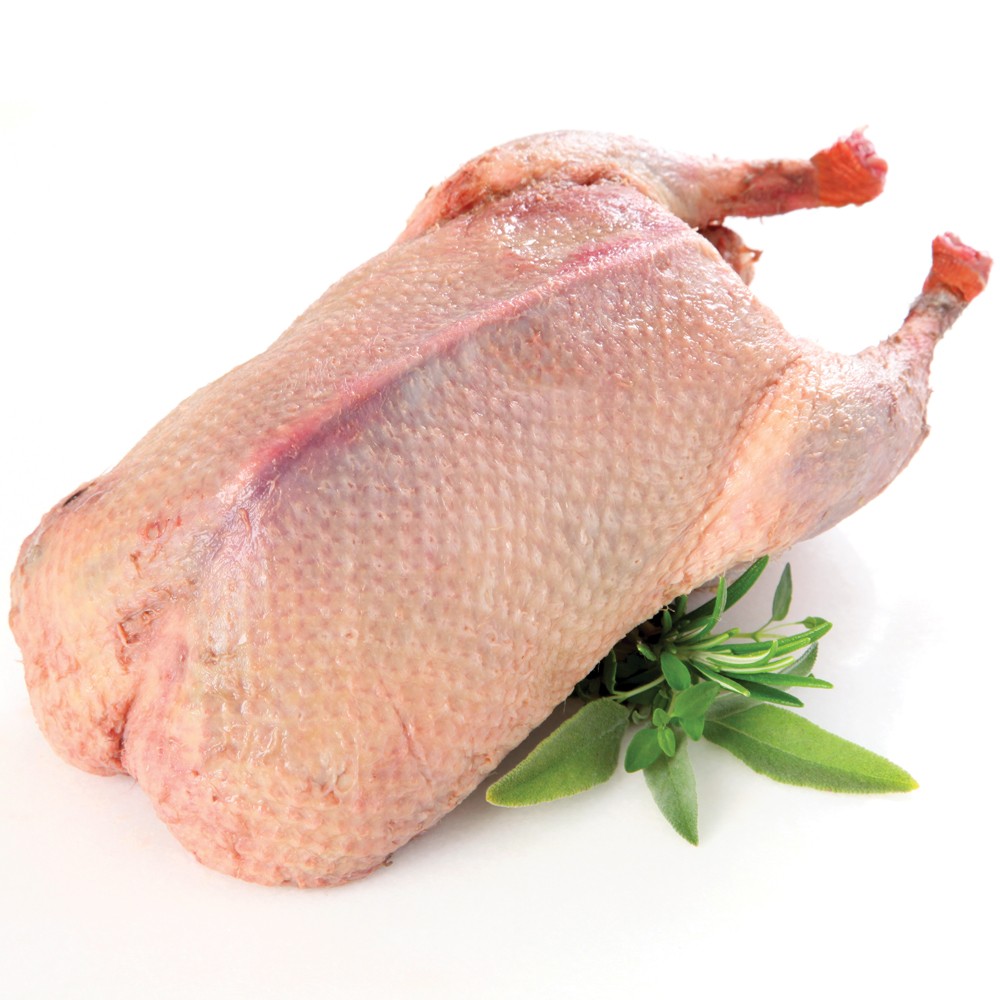Have you heard your mom asking your dad, honey get the chicken with skin. Or, many times mom’s say that I want chicken without the skin. Does that make sense to you? Many times I got puzzled by this mystery of removing and not removing the chicken’s skin. If you think logically, the skin of the chicken is part of …
Read More »Tag Archives: FEATURED
Processed Products Made From Chicken Meat
Processed chicken is basically chicken meat that has either been mechanically recuperated from a chicken cadaver or is made of a mix of chicken meat and skin. Numerous distinctive sorts of preparing could be finished on different meat products. Any meat that undergoes a technique for example drying, curing, maturing or precooking could be said as transformed meat. The most …
Read More »Poultry Dictionary-Glossary Of Poultry Terms
Common Terms Used in Poultry Science Aves (Avian) Class of birds pertaining to all species of birds including domestic fowl. Axial Feather Also called as index feather. A short feather in the middle of wing., separating primary feathers from secondary ones. Auto-sexing Sex differentiation at day-old age on the basis of some visual characters such as colour of down (fluff), early …
Read More »10 most common diseases in backyard chickens- symptoms,treatment
I don’t need to accentuate on how more and more people are getting into the habit of raising backyard fellows – this activity is indeed of more interest to people because of its mesmerizing benefits – poultry provides with fresh yummy eggs as well as meat; everything is right there in your backyard, wow, so economical. However, this pocket friendly …
Read More »Poultry Housing – The Basic Requirements to Consider/plaNning to build poultry house
Poultry Housing – The Basic Requirements to Consider Chicken farming has become a profitable business lately and its good to try it out. One factor to consider before any other is poultry housing. Every poultry production system must provide the most important requirements. Good examples include the following: Safety from weather: Domestic birds must be shielded from the cold, rain, …
Read More »A beginner guide for building a chicken coop
Masses in many countries are getting inclined towards the idea of backyard chicken coop. The idea of raising your own chicken can be used as a very interesting hobby and it also allows you to attain fresh eggs that these chickens produce. There are various aspects which you need to study about chicken coops to build the most suitable coop. …
Read More »The Most Famous Poultry Duck Products and Suppliers
Almost all of the ducks are brought up in the farm house and indoor settings. The reason for this is to protect them from various predators and animals which might prove to be dangerous for them. You are easily going to find this information in any duck guide. A large number of ducks are now being raised in the United …
Read More »A Guide To Poultry Processing Plants -Top 5 Suppliers
Poultry processing makes use of a number of processing plants and equipment. The poultry dressing plants vary in their limits and types depending on the particular class of domesticated animals to be processed in them. The larger sized broiler processing plants process chickens and other related animals at a high rate of 10000 on an hourly basis, which goes to …
Read More »Nutritional value of duck meat for human health
Ducks are known to be the members of the Anatidae Family of Birds which are mostly consumed for their meat worldwide. Moreover, they are also brought to use in terms of a number of cuisines. In comparison to chickens as well as turkeys, the poultry duck meat happens to be darker in color, but still it is classified among the …
Read More »Natural worming-what to feed chickens to help prevent internal parasites worms(graphic pic)
My flock is my little family; I mean all my chickens are babies to me. They are so adorable and beloved that I cannot resist if something goes wrong. One fine morning I went to backyard to feed the babies and get the eggs too; I saw two of my fellows looked really tired and lazy. I thought it was …
Read More »